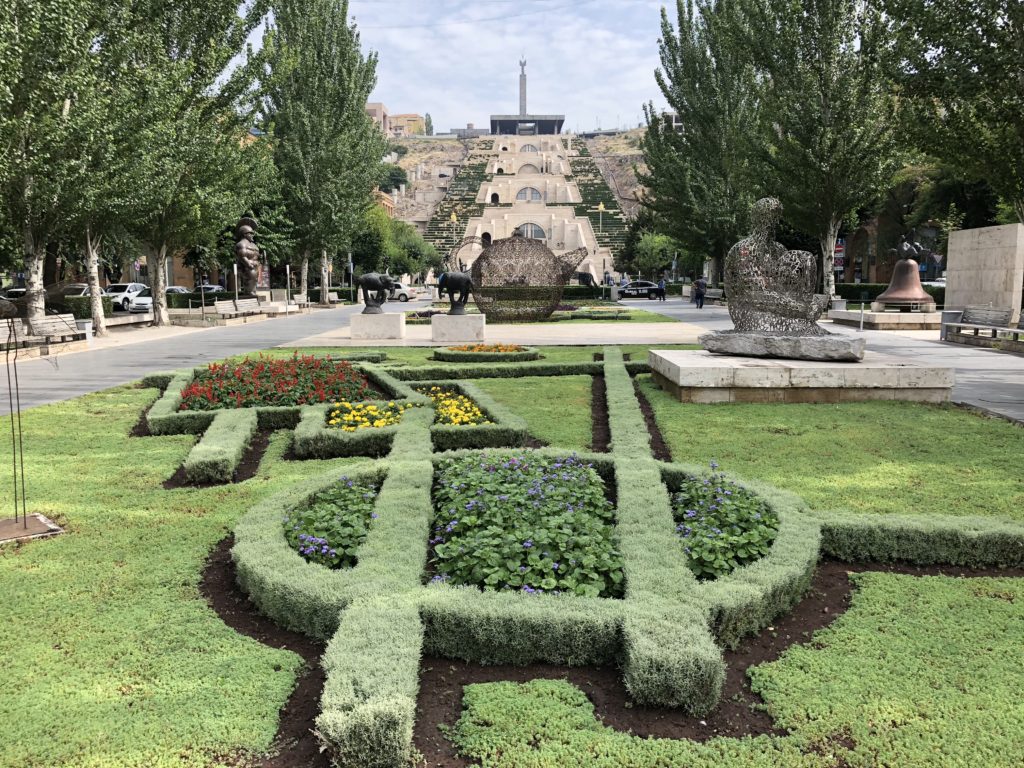
The Cascade Complex
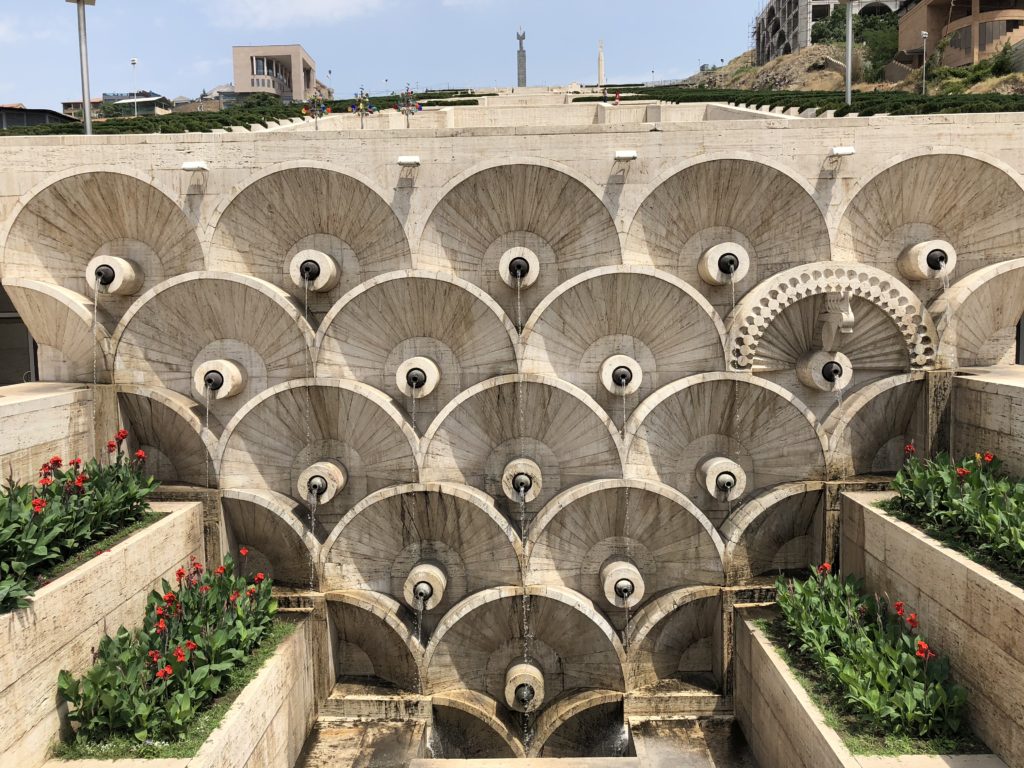
There’s so much to see and do in Yerevan- especially if you’re an architecture and museum junkie like me- that it can almost be overwhelming figuring out where to start. The Cascade Complex is Yerevan’s Eiffel Tower/Statue of Liberty/Big Ben and would probably be the first place a local would tell you to go, making this as natural an introductory point into Yerevan as any. The Cascade (and modern art museum housed inside) will expose you to Alexander Tamanian, Yerevan’s master architect; atop The Cascade is Victory Park and the Mother Armenia Statue, the latter of which houses a military museum, detailing the histories of World War II and the Nagorno-Karabakh conflict. (Yes, we’re diving in head first!)
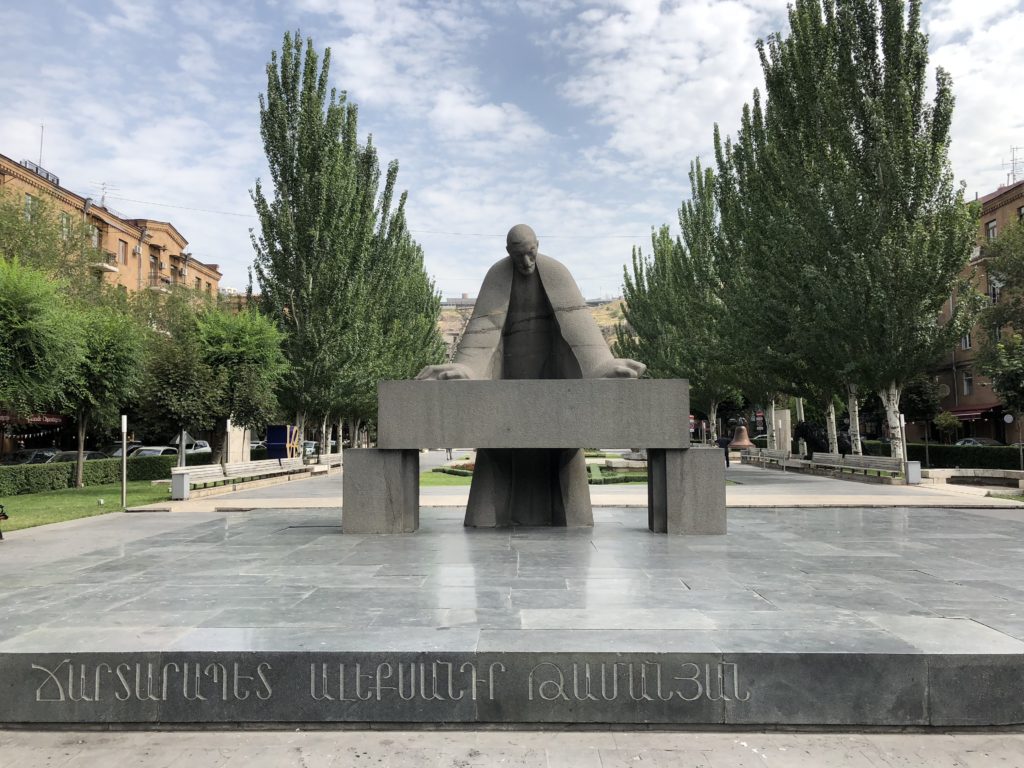
Yerevan celebrated its 2800th Anniversary in 2018 and you can divide up its long history into many historical periods, but there’s really only one demarcation that matters: Before Tamanian and After Tamanian. When Armenia declared its independence in 1918 and named Yerevan the capital, the city was barely a city with its mere 30,000 residents. After Armenia was occupied and fully integrated into the Soviet Union by 1921, plans were hatched to turn Yerevan into a modern metropolis of industry, science and technology.
Tamanian, a Russian-born ethnic Armenian, was placed in charge of the project and in 1924 he rolled out his master plan to transform this small town into a cosmopolitan center that could sustain a population of one million. The architect was charged with building the “ideal Soviet city,” but Tamanian wanted to also honor his heritage, giving Yerevan a unique blend of Soviet and traditional Armenian elements. I will explore the bulk of Tamanian’s work in another post, but it’s impossible to discuss anything about modern Yerevan without first bringing him into the conversation.
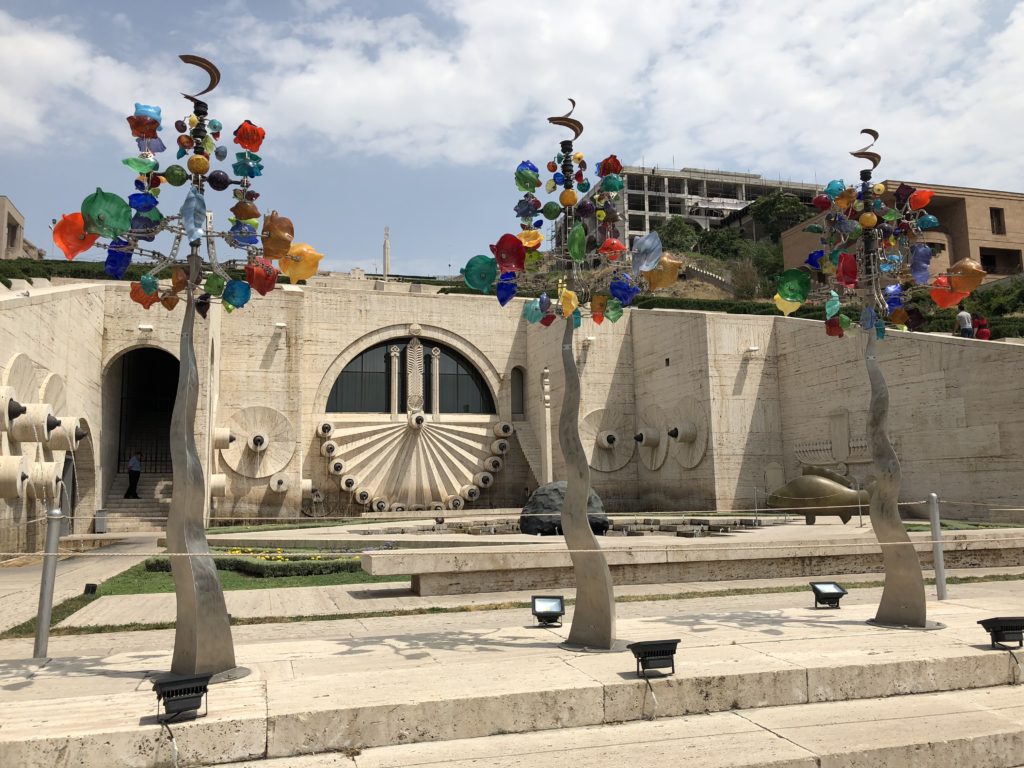
Unfortunately Tamanian died in 1936, unable to witness his vision of The Cascade be realized; construction of the structure was constantly tied up in Soviet red tape and budgetary crises. Ground wasn’t broken until 1971, with the first phase being completed in 1980. A second phase of construction lasted from 2002-2009 and a third phase is currently underway to add an exhibition hall at the Cascade’s summit.
You are free to climb the stairs of the Cascade and take in the modern sculpture gardens anytime; a series of seven elevators inside can take you to the top from 8:00-20:00 daily if you’re seeking a less strenuous option.
Cafesjian Center for the Arts
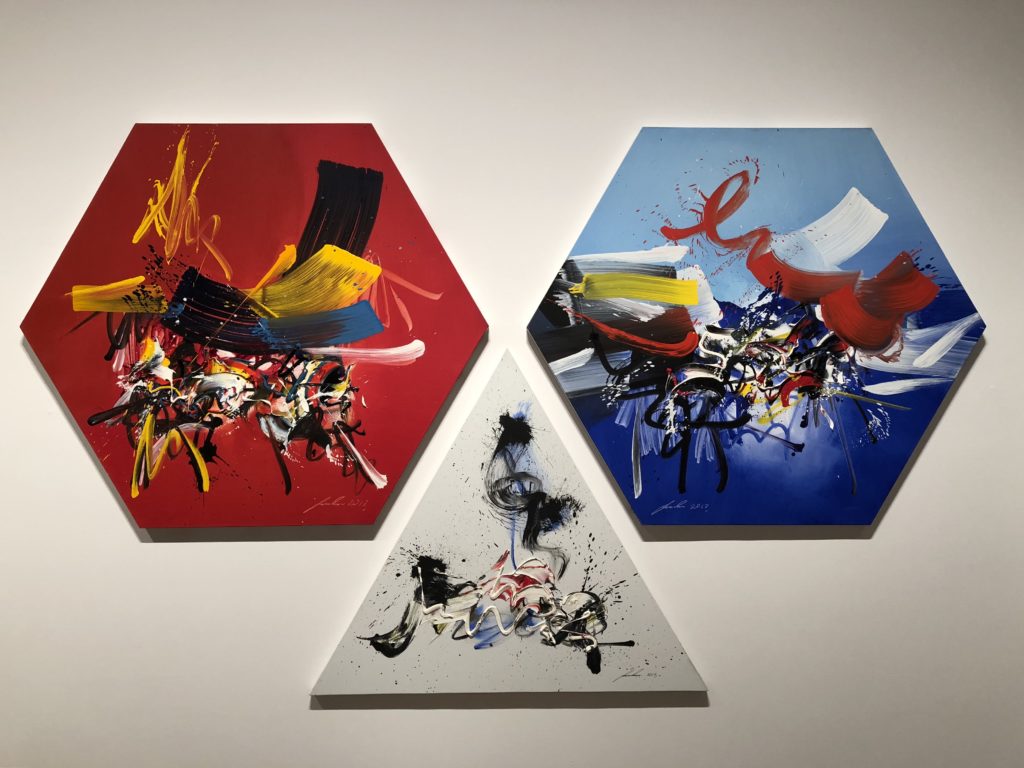
Although the preliminary phase of The Cascade was completed in 1980, the slow dissolution of the Soviet Union in the 1980’s allowed for little room in the budget to care for the monumental structure. After falling into disrepair, Gerard Cafesjian, a Brooklyn man born to Armenian immigrants fleeing the Turkish genocide of 1915-23, came to the rescue. He donated $128 million to renovate the building and installed one of the great contemporary art complexes in the world into the various levels of The Cascade. Although the elevators in The Cascade are open seven days a week, make note that the art galleries are only open on Fridays, Saturdays and Sundays. The galleries are constantly changing exhibits, showcasing the best in modern Armenian art and sculpture. Some of the installations I saw were absolutely stunning and I spent several hours exploring the entire complex. (The staff is VERY friendly and ready to discuss the pieces with you too.)
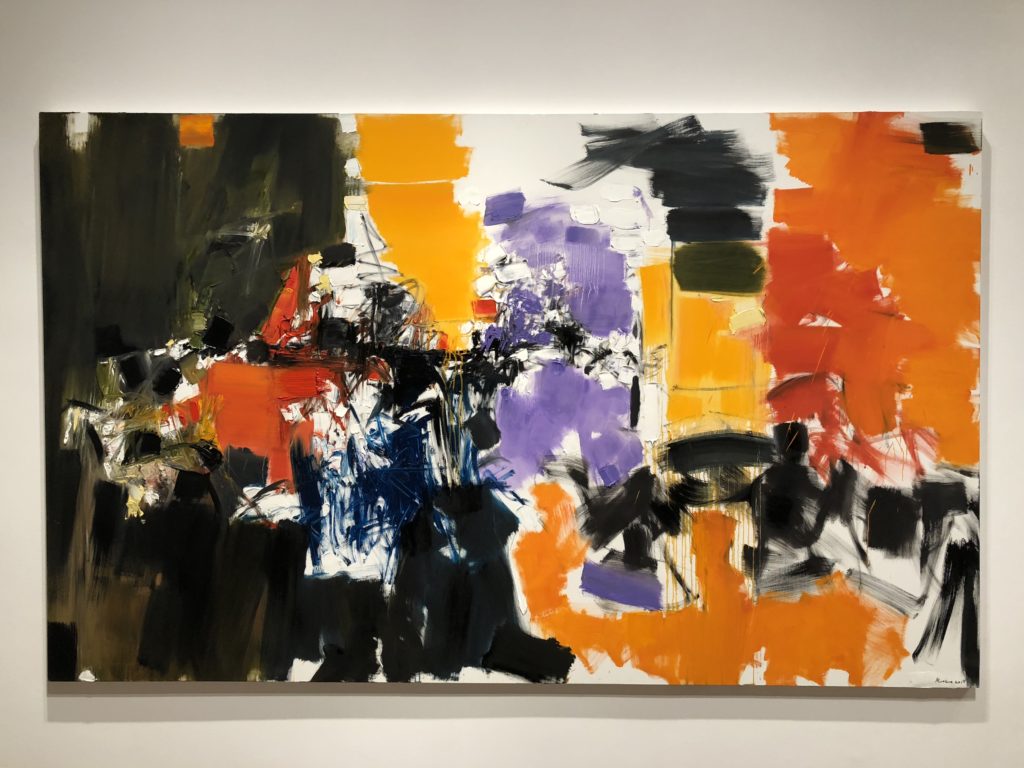
The Opera Theatre and Freedom Square
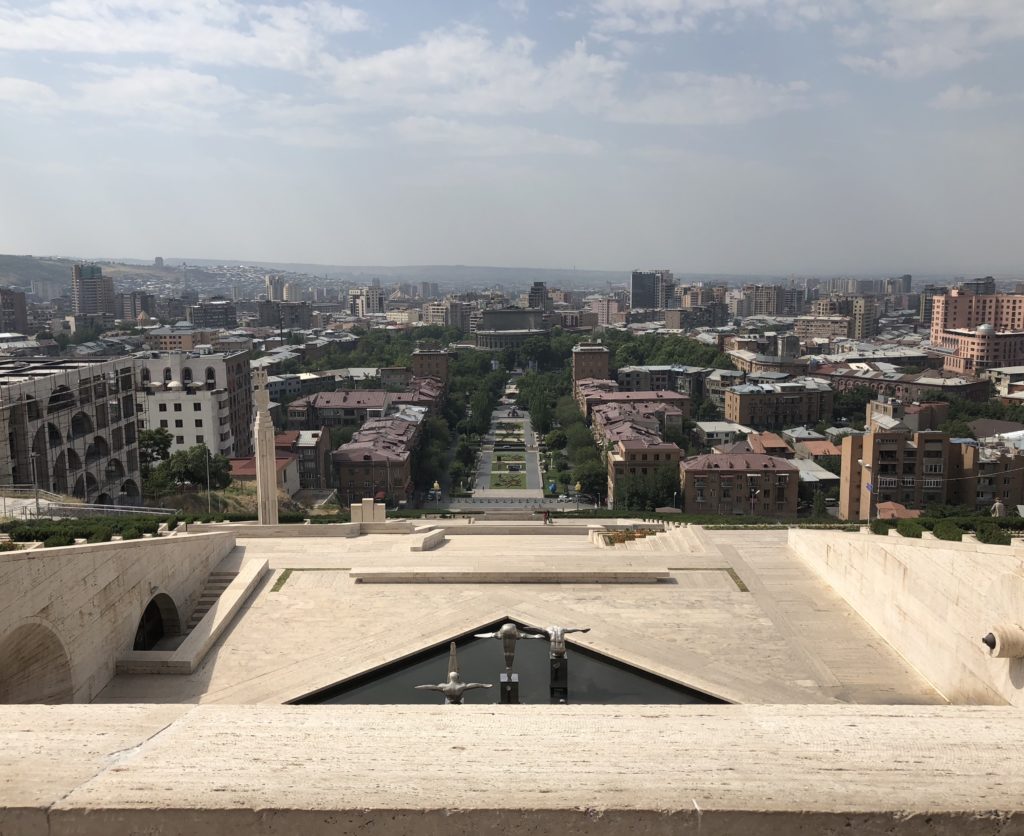
Tamanian mapped out two central squares for Yerevan: Freedom and Republic Squares. Freedom Square features Tamanian’s Opera Theatre masterpiece which opened in 1933. Armenian composer Aram Khachaturian, who has a fantastic “house museum” elsewhere in Yerevan, debuted the bulk of his ballets here, including Gayane. Freedom Square has been the site of political protests, both during Soviet times and post-independence. On a lighter note, when the scorching summer sun gets to be too much, residents of Yerevan gather in the square to be hosed down by fire trucks and engage in epic water fights.
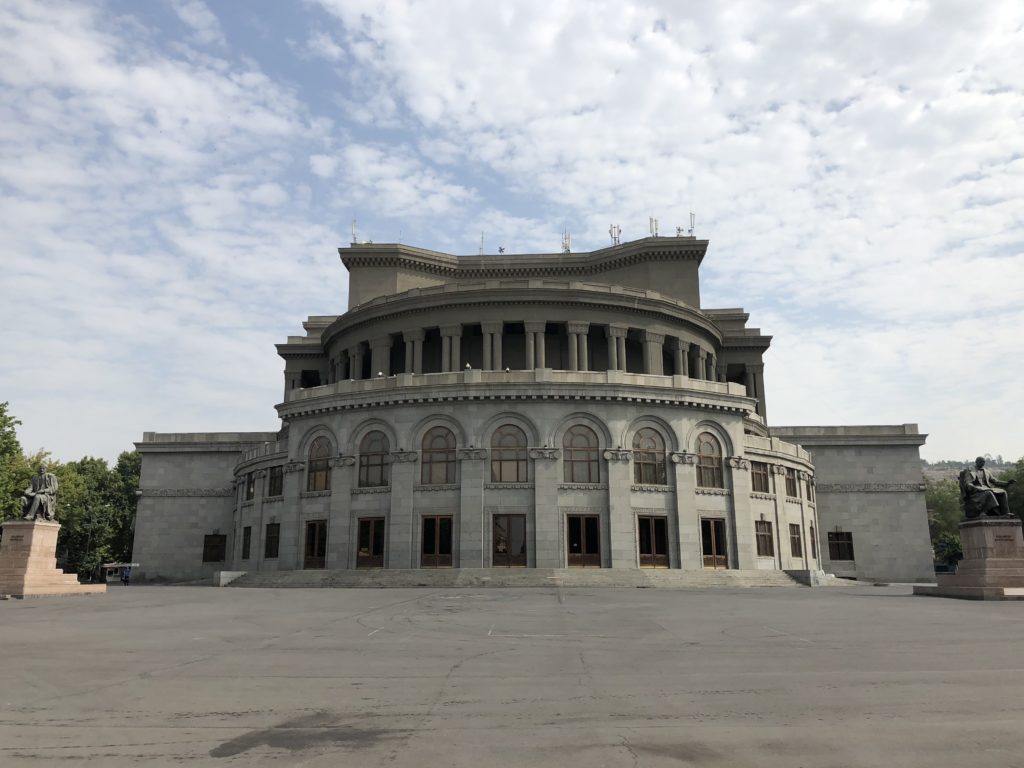
Yerevan From the Top
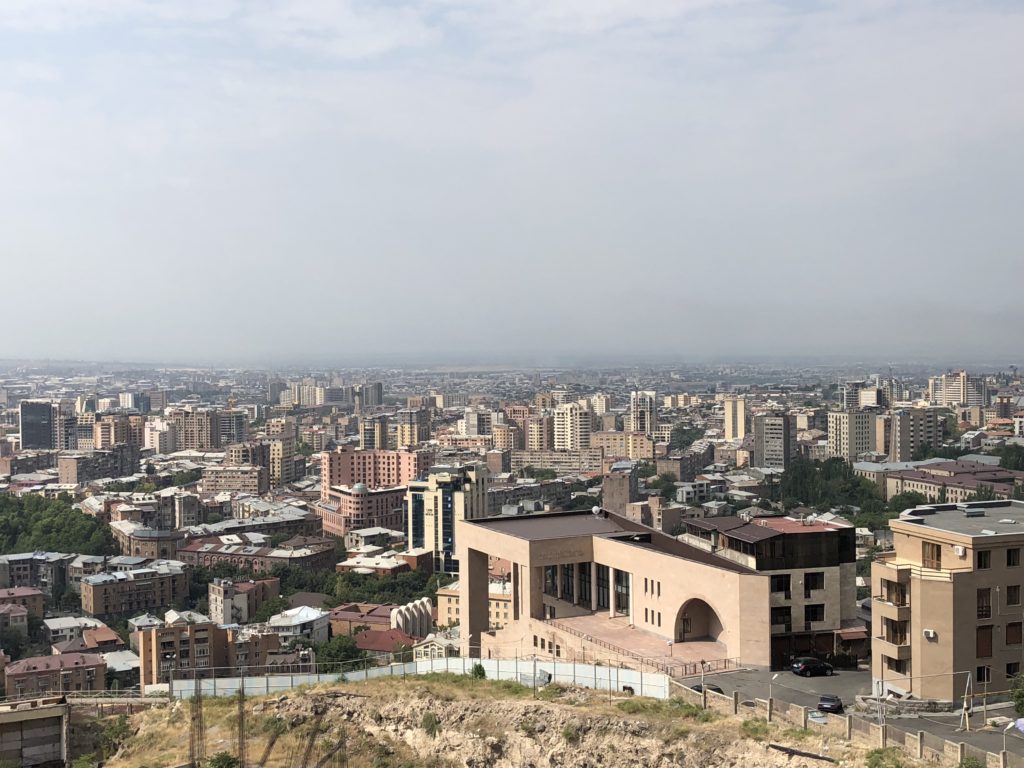
Although the top portion of The Cascade is still under construction, it’s worth walking all the way up for the spectacular views of the capital city. Yerevan has long surpassed Tamanian’s population goal of one million people; it’s hard to imagine this sprawling urban center was once home to only 30,000 people a scant 100 years ago!
Victory Park
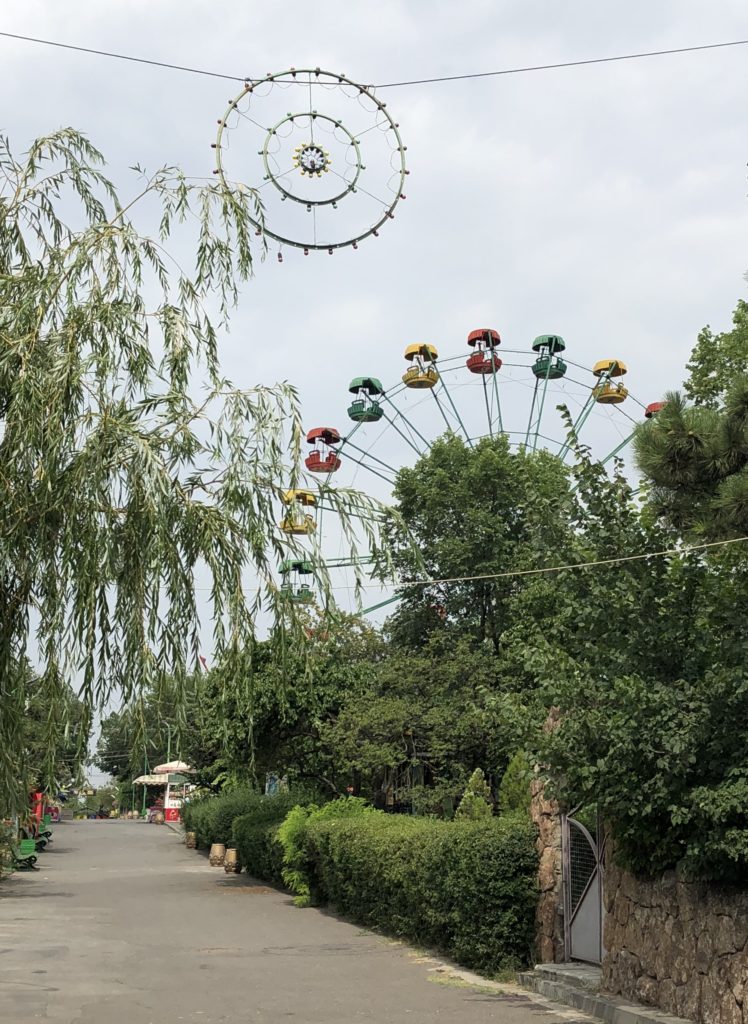
A five minute walk from the top of The Cascade will find you in Victory Park, so named for the Soviet Army’s victory over Nazi Germany in WWII. Although a public park stood on this ground since the 1930’s, the Soviets officially christened the park with its new name in 1950 to coincide with the unveiling of a massive 17m (56ft) statue of Stalin as the green space’s pièce de résistance. The Armenians staged their own act of resistance when, in 1962, soldiers removed the dictator’s image in the middle of the night (killing one of the soldiers in the process). Five years later, Stalin was replaced with Mother Armenia, who still stands today.
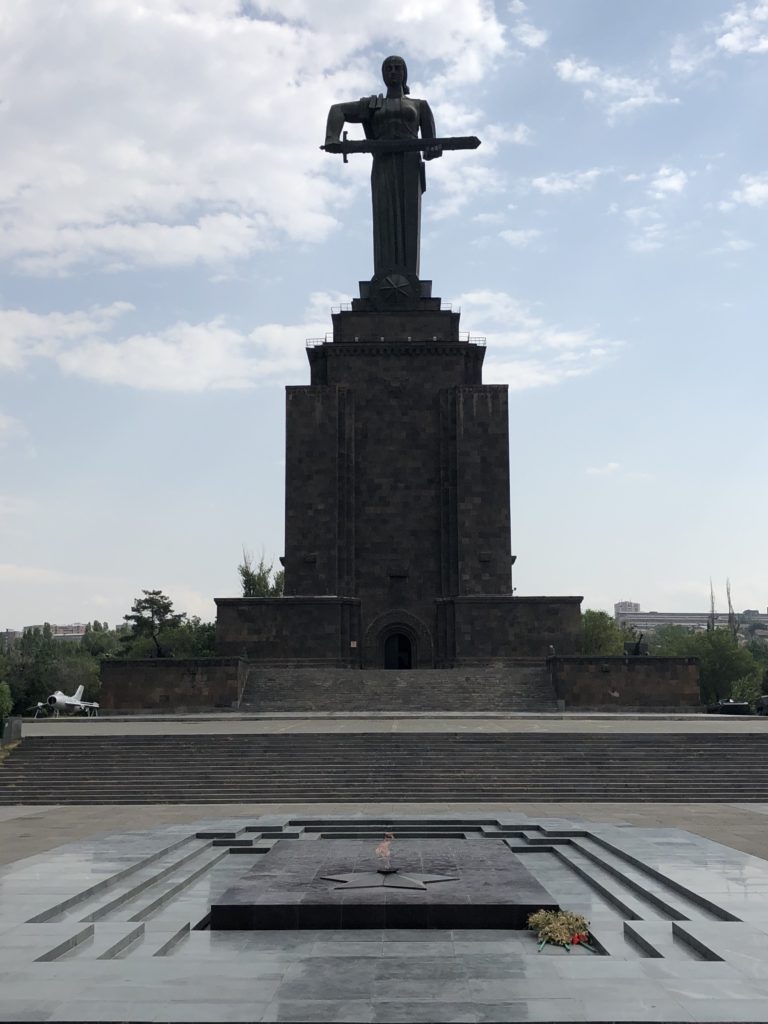
Inside the base of Mother Armenia is the free Military History Museum, which is split into two parts: World War II and the Nagorno-Karabakh conflict, obviously told from the Armenian perspective. There’s not enough bandwidth on the internet to attempt to explain the Nagorno-Karabakh conflict and frankly it’s difficult to even piece together exactly what happened as the Azerbaijani and Armenian sides of the story are so vastly different.
Basically Nagorno-Karabakh (also called Artsakh by the Karabakhtis) was an autonomous republic within Azerbaijan’s SSR that had an overwhelmingly high ethnic Armenian population. Previously a part of Armenia, Stalin gave the land to Azerbaijan and by the 1980’s it was 80% ethnically Armenian and 20% ethnically Azerbaijani. In the late 1980’s, when it became clear that the Soviet Union was about to go bust, referendums were held in Nagorno-Karabakh as to whether the people desired to remain part of Azerbaijan, join Armenia or become an independent nation.
Between 1990-94, a bloody war between Armenia and Azerbaijan ensued over the disputed region. Both sides accused the other of ethnic cleansing. The ethnic Azerbaijani population was eventually pushed out and between 30,000-50,000 lives were lost. A ceasefire was negotiated in 1994 and Armenian forces still guard the border to this day. Internationally, Nagorno-Karabakh is recognized as part of Azerbaijan although the only way to enter the republic is via the border with Armenia. If you decide to enter Nagorno-Karabakh without first obtaining permission from the Azerbaijani government you will be banned from entering Azerbaijan thereafter. Armenians can’t enter Azerbaijan and vice versa. (I was given a hard time when entering Armenia after the immigration officer saw the Azerbaijan stamps in my passport.)
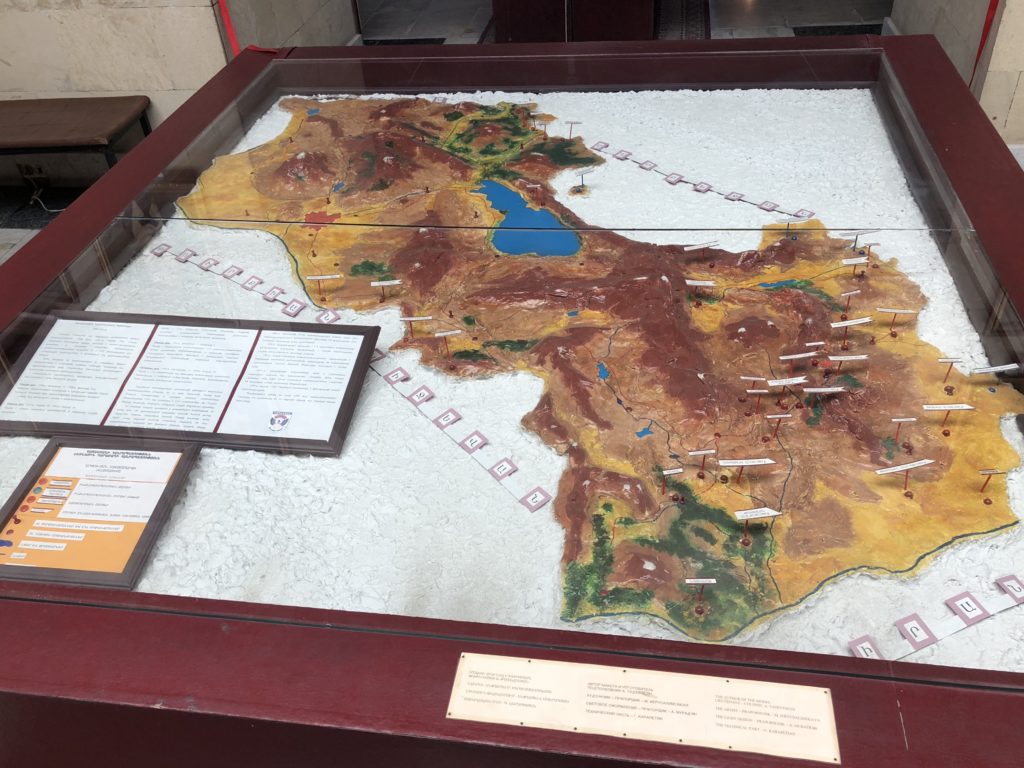
Hundreds of thousands of tourists visit Nagorno-Karabakh through the Armenian border every year, much to Azerbaijan’s chagrin. I decided not travel to the region, hoping instead to wait for a peaceful resolution amongst all three sides that would not place my returning to Azerbaijan in jeopardy. (One of the questions on the Azerbaijan visa application is, “Have you ever been to Nagorno-Karabakh?” and if you answer in the affirmative without the required Azerbaijani permits you will be blacklisted from stepping foot in Azerbaijan.) As a tourist with no stake in the political machinations of the region it’s definitely frustrating to jump through all the hoops to appease all sides in order to visit. I long for the day when I can openly visit the capital of Stepanakert and post about it on this blog.
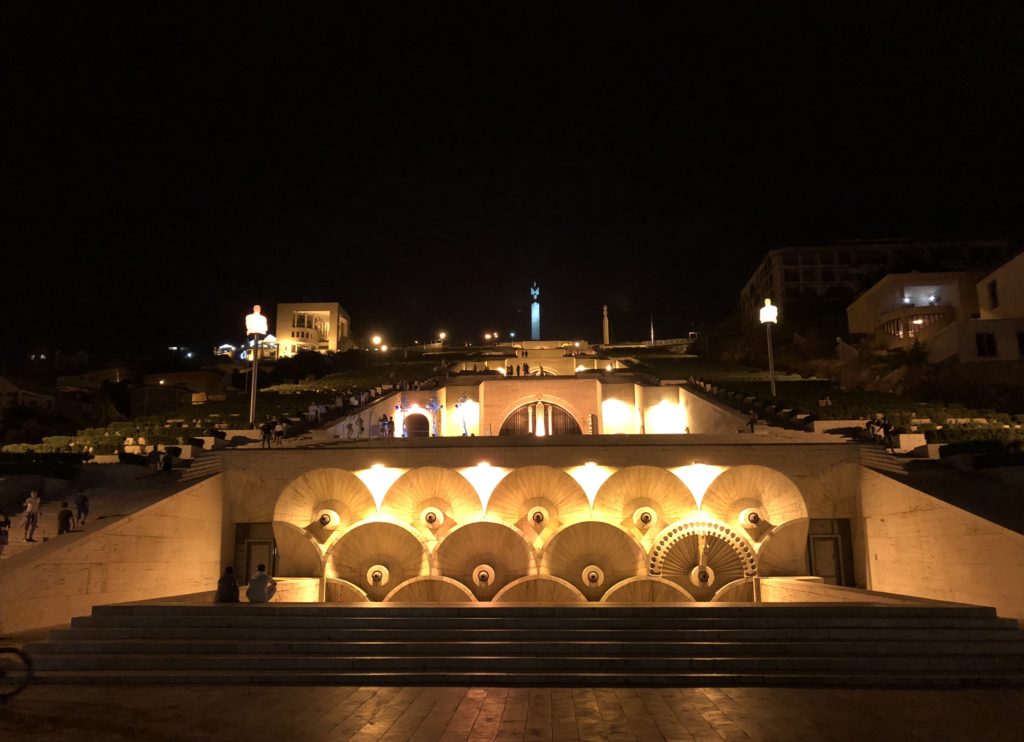
After that heavy history, let’s end this post on a happier note: Don’t neglect returning to The Cascade in the evening. Not only is it beautifully illuminated, but you can find people hanging out and enjoying food and drink on the steps. Armenians pride themselves on their hospitality and it’s pretty easy to be invited to join a group on a warm, summer night.
If you only have one day in Yerevan (which is not enough time AT ALL), then this area will at least give you a quick overview into the transformation the Armenia capital has undergone in the past century. You will receive doses of art, architecture, history and nature: Yerevan in microcosm.
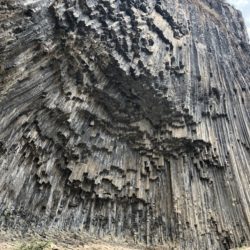
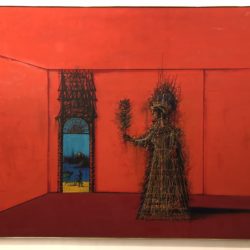
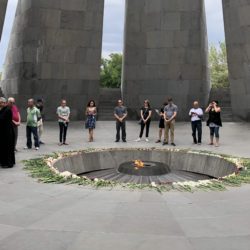
J’aime les détails faites !!! formidable
Merci, Robert! Ça me fait plaisir que tu aies aimé.
Oh quel voyage pour Ben encore..
Ceci nous excite a faire comme toi…vraiment merci
Merci, Edem. Je suis heureux si je vous ai inspiré à voyager aussi.